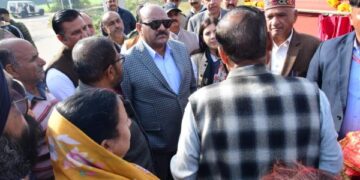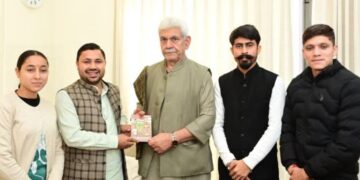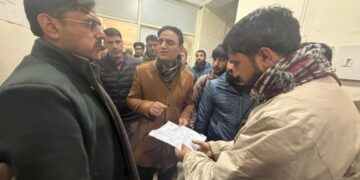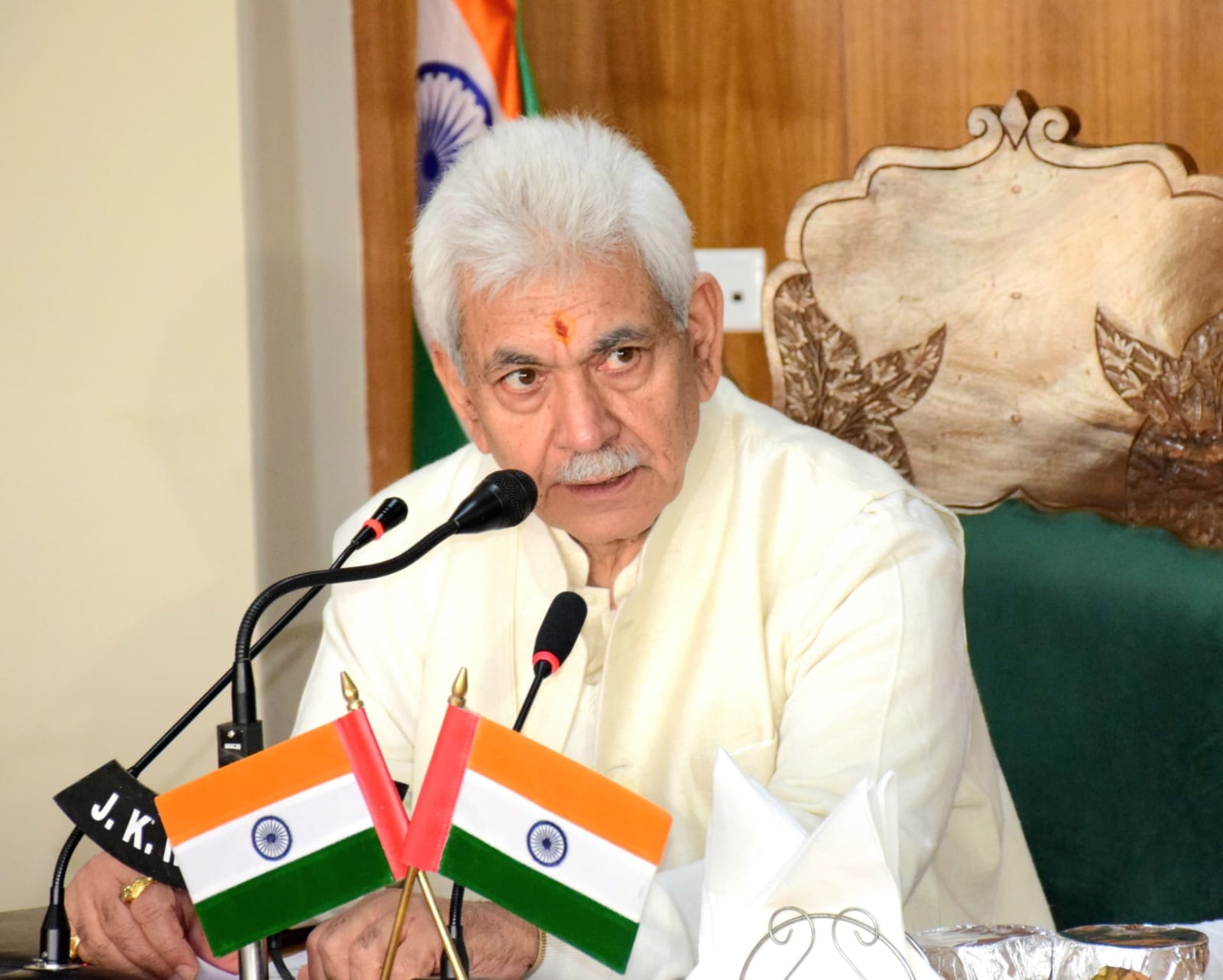JAMMU: Stating that Jammu and Kashmir is the only Union Territory across the country where consumers are still provided electricity without meters, a spokesperson of the Power Development Department (PDD) today asserted that the areas ‘saturated with smart meters’ are experiencing significantly reduced losses and improved power supply.
“Concerted efforts are underway to convert the entire consumer base of Jammu and Kashmir to the modern prepaid metering systems to ensure a better power supply,” the spokesperson said while rebutting the misinformation being circulated across the social media platforms, featuring women protesting against electricity meters, stated that electricity is a commodity, similar to other goods available in the market.
As such, the spokesperson said it is important to recognize that electricity isn’t a free service; rather, it incurs costs at every stage of its journey, from generation at the source to transmission and ultimately distribution. “Often, consumers are only aware of the distribution agency, remaining unaware of the intermediate stages and entities involved in supplying electricity to them. At each juncture of the supply chain, accurate measurement of electricity is paramount to maintaining a supply-demand balance, ensuring the financial viability of the sector. Despite meticulous measurement throughout these stages, it’s worth noting that accurate measurement and accounting of electricity consumption at the consumers’ end remains a challenge in J&K.”
“It is pertinent to mention that in J&K, the electricity tariff being charged from consumers stands as one of the lowest across the country,” the spokesperson added.
Installing a smart electricity meter can help bear the load of shooting high energy prices and address the fundamental issues plaguing the distribution sector. Smart meters enable precise billing based on actual usage, eliminating the surprise of unexpectedly high bills due to inaccuracies. These tools can quickly detect power outages allowing for a faster response time to restore power. Customers can monitor their electricity usage in nearly real-time and make changes to their consumption patterns leading to lower electricity bills.
He elaborated that the primary sufferers due to deficient metering systems are the consumers themselves, experiencing irregular and poor-quality power supply. As such, J&K has undertaken the smart meter installation in three phases under PMDP/ RDSS schemes.
The first phase which started in the year 2022 stands completed with the installation of 1.5 lakh smart meters in Jammu &Srinagar cities. The second phase covering 5.50 Lakh smart meters is under implementation while the third phase, which comprises the remaining 14 Lakh smart meters, has also commenced, targeted for completion by 2026, thereby accomplishing 100% smart metering in J&K.
As regards the pricing/electricity tariff rates being charged from consumers, the said rates are determined and approved by independent Regulatory Commissions and not by the DISCOMs taking into account various factors such as cost of power purchase from generating companies, transmission expenses, staffing, and maintenance costs etc., to ensure that consumers are charged fairly. For example, in J&K, the Joint Electricity Regulatory Commission (JERC) is responsible for determining the electricity tariff.
This is evident from the fact that the metering percentage in J&K is distressingly low with only 51% of consumers metered and as such, being charged on a flat-rate basis. The flat rate bills, based on rough estimates, do not reflect the actual usage and are hence considered flimsy or unsubstantial even when electro-mechanical meters were in use. As such, in the present era, where energy measurements are digitally done right from the generating end, it is paramount to ensure accurate measurement at the consumers’ end too.
Regarding power availability, there persists a misconception among consumers that J&K is a power surplus Union Territory due to its abundant water sources, however, the reality is that J&K relies solely on hydropower plants for electricity generation, which are subject to limitations due to seasonal dependence.
The hydropower plants generate at their maximum capacity only during 4-5 months of peak water flow in rivers, while their generation diminishes for the rest of the year. Quantitatively, out of the existing installed generation capacity of 3500 MW, 1140 MW is contributed by UT-owned plants, the main ones being 900 MW Baglihar, 110 MW Lower Jhelum, and 110 MW Upper Sindh, while the remaining 2300 MW comes from central sector plants such as Salal, Dul-Hasti, Uri, and Kishanganga. During winters, powerhouses in J&K, under both central and state sectors, can only generate a maximum of 600 MW against their rated capacity of 3500 MW due to reduced water levels in the rivers.
However, with peak demand reaching up to 3200 MW during winters; it’s evident that J&K’s power demand cannot be solely met by hydroelectric power plants. So the remaining power requirement during winters is met through thermal-based Central Generating Stations (CGS) situated outside J&K.
Moreover, it’s crucial to acknowledge that the Government of J&K has indeed made significant investments in recent years to harness the maximum hydro potential, with four mega Hydel Projects worth Rs 22,207 crores under development and agreements signed for four additional projects totalling Rs 29,600crore. The development of hydropower plants entails huge investment. As such, the hydropower plants are developed on a debt-equity pattern, where a substantial amount is raised in the form of debt from financial institutions, which must be repaid to them through the sale of power once the plants become operational.
Moreover, the debt is secured against a mortgage, encompassing all assets of the plant, including the dam, which are pledged to the financial institution providing the loan.
Unfortunately, J&K faces challenges with low recovery rates. In the financial year 2022-23, while the power purchase cost amounted to Rs 9,886 crore, the collection from the sale of power to consumers was only Rs 3,652 crore.
Consequently, to clear power dues owed to generating companies, J&K has been compelled to avail loans totalling Rs 32,000 crores in the past two years alone under liquidity infusion schemes of the Government of India, such as Atmaanirbhar Bharat and the LPS Rules 2022.
Therefore, the claim of the protestors about ‘our power, our water’ is baseless, as consumers in this context are not producers but recipients of electricity supplied to them by various entities involved in the process. While water is abundant in J&K, generating electricity from it demands significant effort and investment. Additionally, as mentioned above, hydropower alone is insufficient to meet the region’s demand.






